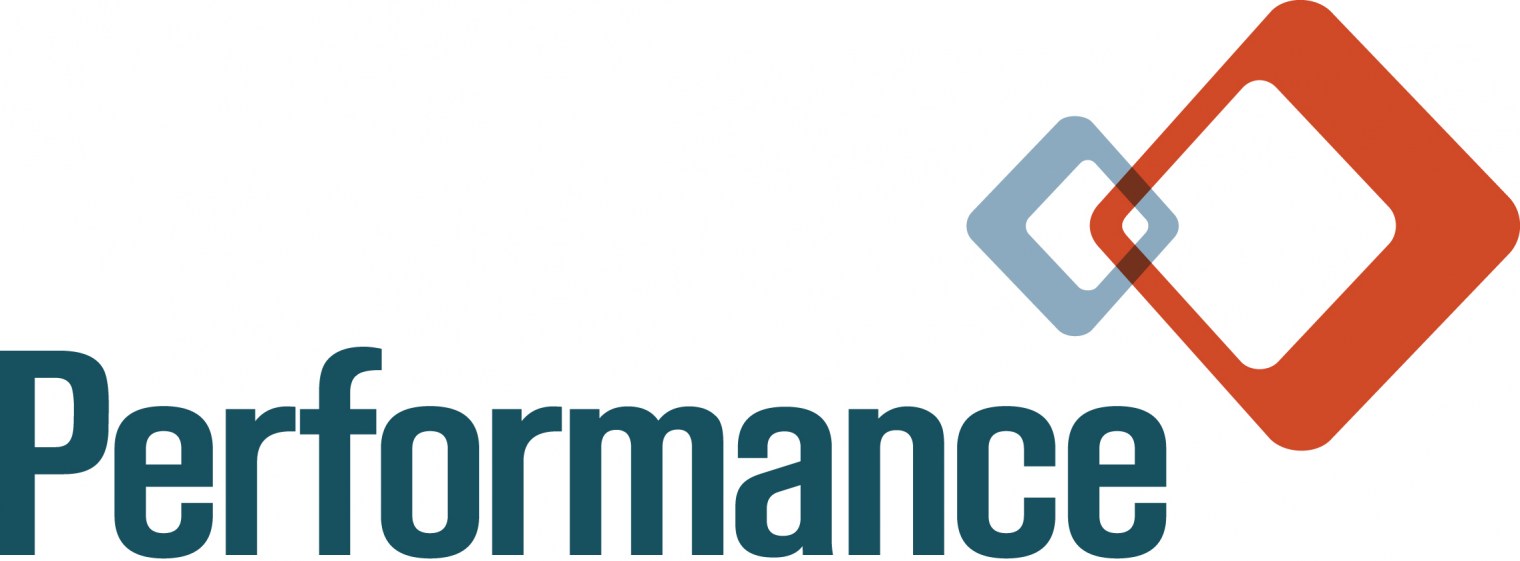Advanced Air Mobility (AAM) is a rapidly growing field in the private sector. A number of different companies have already demonstrated proof-of-concept electric vertical takeoff and landing (eVTOL) vehicles that can be used as air taxis or cargo carriers.
However, involvement in the AAM industry is not limited to the private sector. The National Aeronautics and Space Administration (NASA) has announced a AAM Grand Challenge to spur the development of the AAM field. Similarly, the U.S. Department of Defense has announced Agility Prime, an initiative to create eVTOL vehicles for military use.
Starting Agility Prime Initiative
The Air Force’s Program Executive Office for Air Force Mobility is located at Wright Patterson Air Force Base in Dayton, Ohio. It released an Innovative Capabilities Opening (ICO) for AAM vehicles on February 25, 2020.
The goal of the Agility Prime initiative is to test the hypothesis that eVTOL vehicles could revolutionize mobility by:
● Lowering maintenance cost and time due to simpler mechanics
● Leveraging autonomy to improve safety and reduce personnel demands
● Taking advantage of mass production to reduce costs
● Using distributed propulsion to improve acoustics
● Taking advantage of runway independence to reduce infrastructure needs
The goal of Agility Prime is to take advantage of the innovation of private companies. The requirements for the program are left open-ended, allowing:
● Non-traditional electric or hybrid propulsion
● Manned or optionally manned missions
● Onboard pilot, remote pilot, or autonomous control
This enables the DoD to take advantage of whatever the private sector creates, rather than spending research and development (R&D) dollars to have vehicles built to their specifications.
Inside Agility Prime
According to Dr. Will Roper, assistant secretary of the Air Force for acquisition, technology, and logistics, the goal of Agility Prime is to “catalyze the commercial eVTOL market by bringing the military market to bear.” Instead of contractors competing for funding, “it will be structured as a challenge where companies race toward getting airworthiness certifications that can benefit companies in the commercial market.”
The Agility Prime ICO is intended to remain open until the end of February 2025. It will be broken into a series of Areas of Interest (AOIs) that target solutions for certain new solutions or capabilities.
The first AOI was published with the ICO. It is looking for platforms with:
● A payload of three to eight personnel
● A range of more than 100 miles
● A speed of more than 100 miles per hour
● Flight time of more than one hour
● First full-scale flight test by December 17, 2020
Instead of creating R&D contracts for AAM development, the Air Force and Marine Corps are offering access to their test ranges and safety and airworthiness certifications. AAM
manufacturers that take advantage of these are more likely to have their vehicles certified for use and increases their probability of receiving purchase orders from the DoD for their vehicles in the future.
Getting Involved with Agility Prime
For AAM manufacturers interested in the Agility Prime initiative, looking at the Air Force’s ICO is a good starting point. It outlines the structure of the program and the requirements for the first AOI.
The most stringent requirement for this AOI is the ability to make a test flight before December 17, 2020. Partnering with Performance Software, with its JETS simulation platform, can help a manufacturer meet this goal. High-fidelity emulation of a wide range of standard and custom aerospace components enables high-speed testing of proposed designs, driving downtime to release and product costs.



